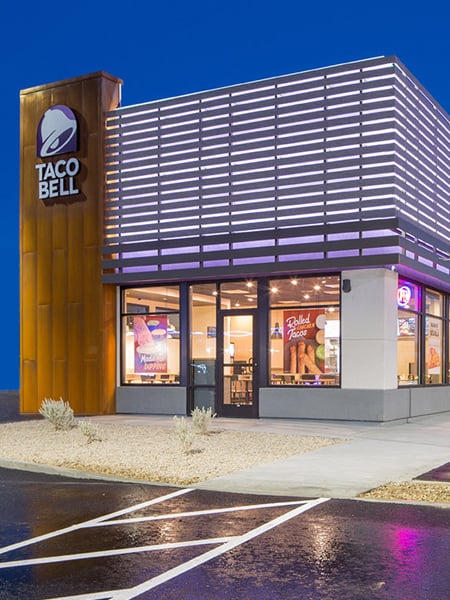Crew Tips: How many Organizations do I need on Crew?
by Jennifer Chou, on June 20, 2019
Welcome back to Crew Tips, a weekly series that gives you best practices and simple steps for making the most out of your Crew app, on both Android and iOS. Last week, we talked about the difference between Organizations and Groups, which is critical to understanding how to best set up your team on Crew.
This week, we’re digging in a bit further on Organizations and how to know just how many organizations you need to set up on Crew. The short answer? There’s no right answer. Some companies are huge with multiple locations and thousands of employees, and some are quite a bit smaller. Crew scales easily and effectively to fit both ends of the spectrum and every company in between.
As in so many situations, it all comes down to the people and how they interact with each other. Do some of your employees work at different locations? At different times? Have jobs that never cross paths? Or, do all your employees work and communicate with each other on a regular basis? It’s important to take all of these questions - and your responses - into consideration.
Perhaps the answer for you and your team is One Organization:
Every individual organization should consist of employees who need to communicate with one another regularly. Don’t forget that within each Organization, you can set up separate Groups for people who have distinct kinds of conversations. In a restaurant, for instance, there might be one Group for Kitchen staff, another for Bartenders, another for Waitstaff - but ultimately, they all belong to the same Organization.
Setting up multiple Groups within an Organization is much simpler than setting up multiple Organizations when you don’t need them. Switching back and forth between Organizations can be time-consuming and confusing if it’s not necessary.
What about Multiple Organizations?
A restaurant with multiple locations, for instance, may want to set up a separate Organization for each location, as the waitstaff in Location A probably won’t communicate much with the waitstaff at Location B, and instead may cause more confusion.
Here are some common reasons why a company might need multiple Organizations:
- More than one physical location, with employees in each who never see or interact with each other
- A large company, where most communications happen in distinct subgroups
Don’t forget that managers, or anyone else who overlaps with many distinct segments of a business, can belong to multiple Organizations at the same time. This helps them communicate on a company-wide scale, whereas most team members probably don’t need that kind of connection.
At the end of the day, our Customer Success team is here to help you and your team get the most out of Crew - don’t hesitate to reach out to us on Crew Support to get the answers you need!
What else would you like to learn about? Let us know on Twitter using #CrewTips!
READ MORE :: In case you missed last week’s post and wanted to share it with your team, check it out here: What's the difference between Organizations and Groups on Crew?


